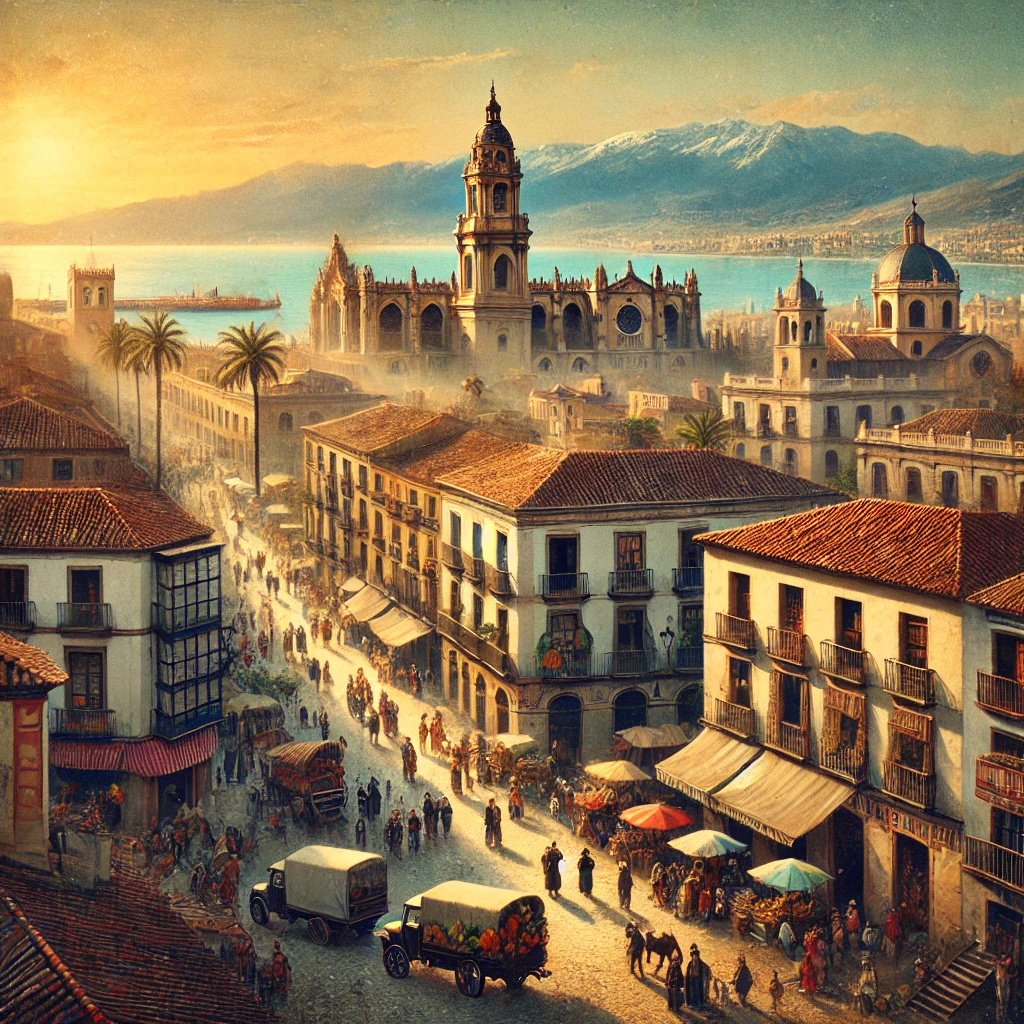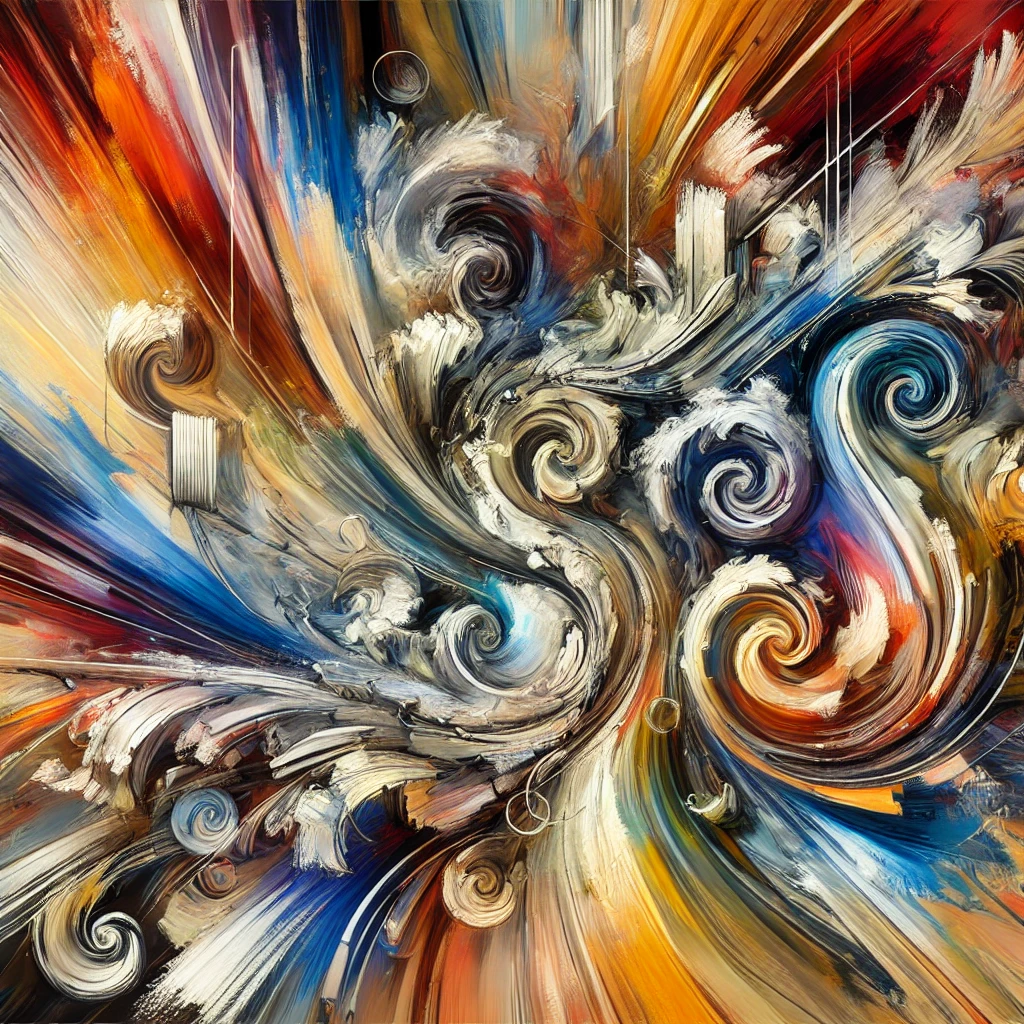On October 25, 1881, the world welcomed one of the most influential artists of the 20th century, Pablo Picasso. Born in Málaga, Spain, Picasso would go on to revolutionize the art world with his innovative techniques and prolific output. His contributions to modern art, particularly through the development of Cubism, fundamentally altered the trajectory of artistic expression and continue to inspire generations of artists today.

Early Life and Artistic Foundations
Pablo Diego José Francisco de Paula Juan Nepomuceno Crispín Crispiniano de la Santísima Trinidad Ruiz Picasso, known simply as Pablo Picasso, was the son of a painter and art teacher. From a young age, he displayed exceptional talent, creating his first painting by the age of nine. His early exposure to art and formal training in drawing and painting laid the groundwork for his future success.
In 1895, Picasso’s family moved to Barcelona, where he was accepted into the prestigious School of Fine Arts. Immersed in the vibrant artistic community, he befriended fellow artists and intellectuals, fostering an environment that encouraged experimentation and creative exploration. During this period, Picasso began to develop his unique style, influenced by Symbolism and Post-Impressionism.

The Blue and Rose Periods
Picasso’s artistic journey took shape through various phases, notably the Blue Period (1901-1904) and the Rose Period (1904-1906). The Blue Period was marked by somber tones and melancholic themes, reflecting the struggles of poverty and human suffering. Works like La Vie and The Old Guitarist exemplify this phase, showcasing Picasso’s deep empathy for the marginalized and the human condition.
In contrast, the Rose Period introduced warmer colors and a lighter tone. This shift coincided with Picasso’s growing interest in the circus and the lives of performers. Paintings such as Family of Saltimbanques celebrated joy, beauty, and the richness of life. These early explorations laid the foundation for Picasso’s later innovations and established him as a prominent figure in the art world.
The Birth of Cubism
The most significant transformation in Picasso’s career came with the development of Cubism, a revolutionary art movement he co-founded with Georges Braque. Beginning around 1907, Picasso’s work began to deconstruct forms and present multiple perspectives within a single composition. This radical approach culminated in the groundbreaking painting Les Demoiselles d’Avignon, which challenged traditional notions of perspective and representation.

Cubism marked a departure from representational art, emphasizing abstraction and geometric forms. Through this innovative style, Picasso encouraged viewers to engage with art in new ways, prompting them to reconsider how they perceived reality. The impact of Cubism extended far beyond the canvas, influencing various fields, including architecture, design, and literature.
A Legacy of Innovation
Throughout his long career, Picasso continued to push the boundaries of artistic expression, experimenting with various styles and mediums. He explored Surrealism, Symbolism, and Neoclassicism, producing thousands of works, including paintings, sculptures, ceramics, and prints. His versatility and relentless creativity ensured his place as a leading figure in modern art.
Picasso’s influence extended beyond his artwork; he also played a crucial role in shaping the dialogue surrounding art in the 20th century. His provocative ideas and willingness to challenge conventions inspired countless artists to explore new possibilities and break free from traditional constraints. Today, his works are celebrated in museums and galleries worldwide, and he remains a source of inspiration for artists across disciplines.
The birth of Pablo Picasso on October 25, 1881, heralded the arrival of a genius whose impact on the art world remains unparalleled. Through his innovative techniques, prolific output, and unwavering commitment to artistic exploration, Picasso transformed the landscape of modern art and redefined the boundaries of creative expression. As we reflect on his legacy, we celebrate not only his artistic achievements but also the enduring spirit of innovation and the profound influence he continues to have on artists and art lovers around the globe. Picasso’s journey serves as a reminder of the transformative power of creativity and the ability of art to transcend time and space.
